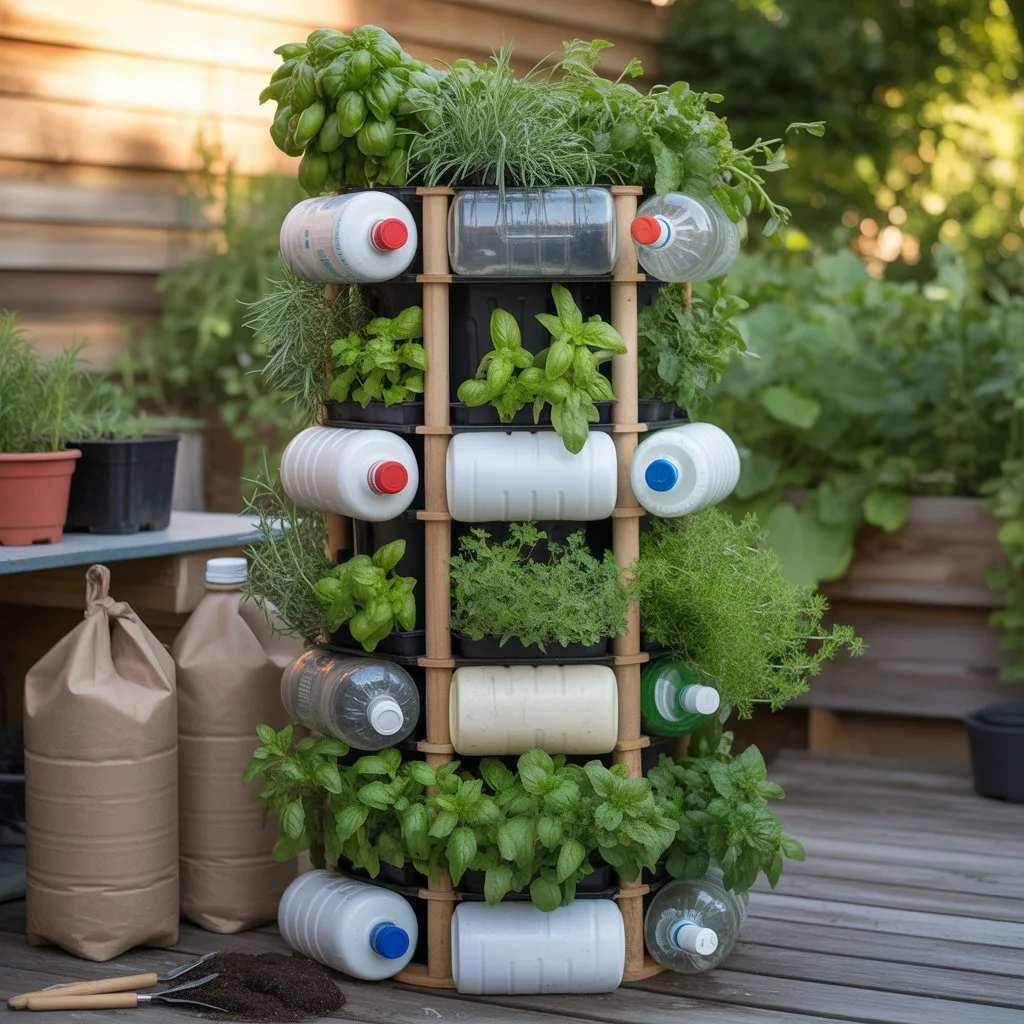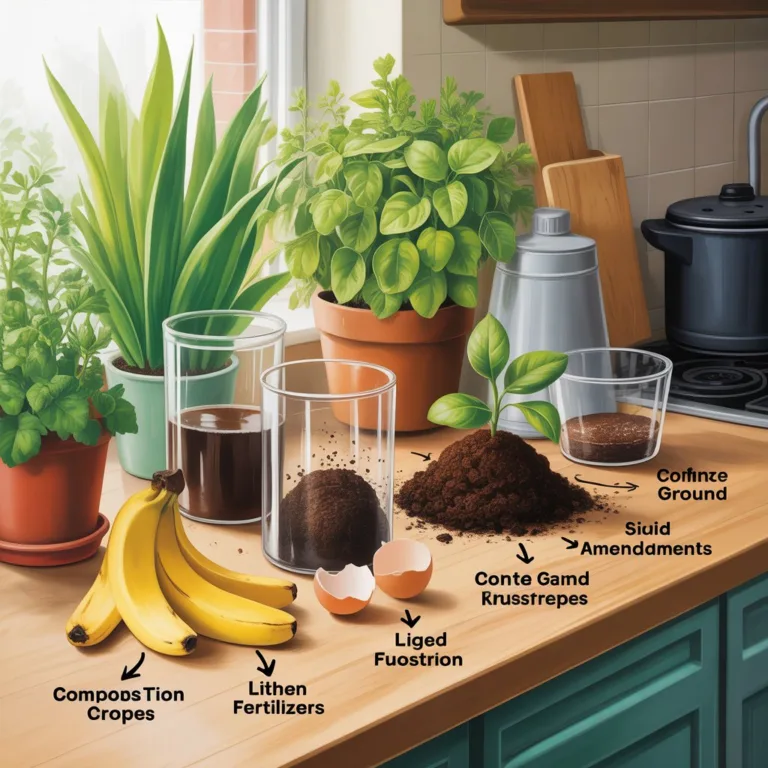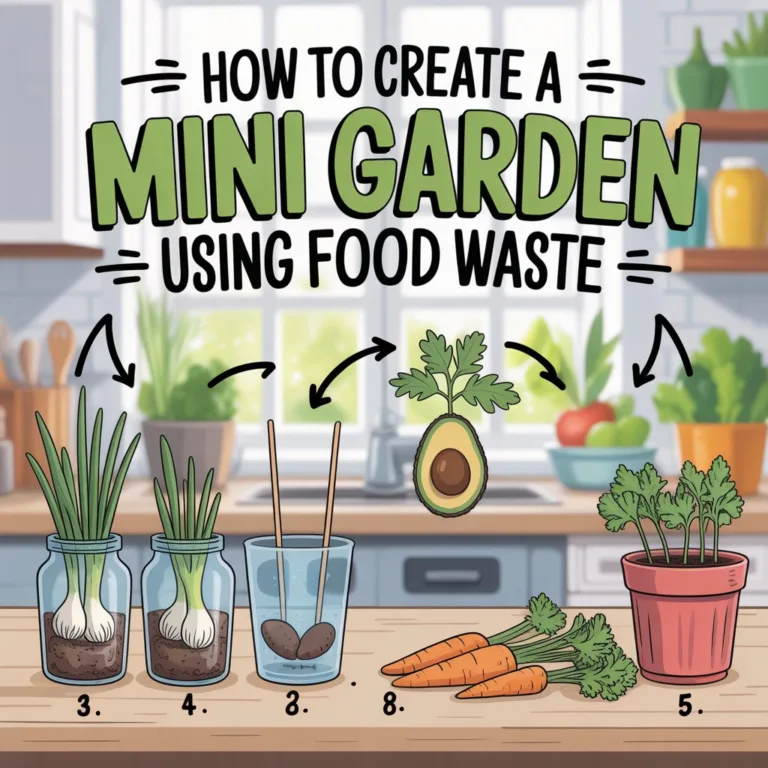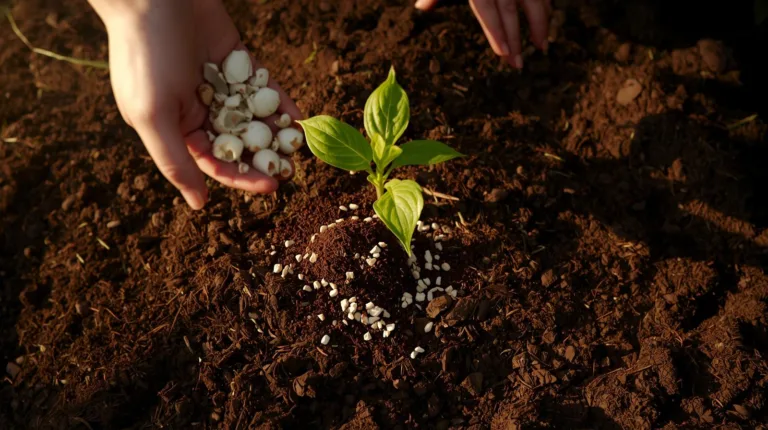Growing fresh herbs at home is one of the most rewarding ways to combine sustainability, creativity, and self-sufficiency. For those who live in urban spaces or have limited gardening areas, an herb tower made from recycled containers is a practical and eco-friendly solution. It turns waste into a thriving vertical garden that provides fresh ingredients, natural beauty, and a sense of accomplishment.

Building an herb tower from recycled materials is more than a craft project—it’s a way to reconnect with nature and rethink how we use everyday objects. This activity blends DIY design, environmental awareness, and functional gardening, creating a beautiful centerpiece for balconies, patios, or classrooms.
Why Choose Recycled Containers for an Herb Tower
Recycling containers for planting aligns with the principles of sustainability by reducing waste and reusing resources that might otherwise end up in landfills. Plastic bottles, metal tins, wooden crates, or old buckets can all find new life as parts of an herb tower.
This method saves money while also lowering the environmental footprint of traditional gardening. Instead of buying new pots, gardeners can repurpose what they already have. Additionally, using recycled materials sparks creativity—it’s about seeing the potential in objects that many people overlook.
Herb towers made from recycled containers are also easy to maintain. Their vertical structure allows for better water drainage, efficient space use, and convenient access to all plants.
Selecting the Ideal Containers
The type of recycled container you choose will determine the structure and visual style of your herb tower. It’s essential to select materials that are safe for plants, durable, and adaptable to vertical stacking.
Common container options include:
- Plastic bottles: Lightweight and versatile, they can be cut into half-pots or used as hanging planters.
- Tin cans: Great for rustic or industrial aesthetics. Drill small holes for drainage before planting.
- Wooden boxes or crates: Natural-looking and sturdy, they can hold multiple plants at different levels.
- Old buckets or paint cans: Ideal for larger herbs such as basil or rosemary.
- PVC pipes or tubes: Provide a sleek and modern design while saving horizontal space.
Each container contributes its unique look and texture, giving your tower a personalized touch.
Planning the Structure of the Herb Tower
Before assembling the tower, it helps to visualize the layout. Decide how tall you want the structure to be and how many herbs you’ll grow. A tower can range from a simple three-layer setup to a tall, multi-level structure with up to ten stacked containers.
A balanced tower design usually includes:
- Base layer: The largest and heaviest containers for stability.
- Middle layers: Medium-sized containers for herbs that enjoy moderate sunlight.
- Top layer: Smaller, lightweight containers for herbs that need full light and dry soil.
Always ensure the structure remains stable. Use a central support such as a metal rod, bamboo stick, or wooden pole if stacking vertically. This prevents the tower from toppling in windy or rainy conditions.
Preparing Containers for Planting
Preparation is key to ensuring your herb tower remains healthy and functional.
- Clean all recycled containers. Remove labels, residue, or chemicals, especially from cans or plastic bottles.
- Create drainage holes. Use a drill, knife, or heated nail to add several small holes at the bottom of each container. This prevents root rot by allowing excess water to escape.
- Add a base layer of gravel or stones. This helps improve drainage and keeps the soil from compacting.
- Choose quality soil. A lightweight organic potting mix with compost ensures your herbs receive nutrients without adding unnecessary weight to the tower.
Proper preparation guarantees that the recycled containers perform just as well as commercial planters.
Choosing the Right Herbs for a Tower Garden
Some herbs grow better together than others, especially in compact spaces like a tower. The goal is to pair plants with similar light and water needs.
Excellent herb combinations include:
- Sun-loving herbs: Basil, rosemary, oregano, and thyme — best placed on the upper layers.
- Moisture-loving herbs: Mint, parsley, and chives — ideal for middle or lower levels.
- Shade-tolerant herbs: Cilantro and lemon balm — great for the base or areas with less sunlight.
Herbs with trailing growth habits, such as thyme or mint, can beautifully cascade over the sides, softening the tower’s edges and creating a lush appearance.
Assembling the Herb Tower
The assembly process is where creativity shines. There are countless ways to stack and connect recycled containers into a cohesive design.
One of the simplest methods involves placing progressively smaller containers on top of one another, aligning them with the base for balance. Another option is to thread containers onto a central pole, spacing them slightly apart for light and airflow.
If you’re using hanging containers (like plastic bottles cut in half), connect them with rope, wire, or wooden frames to create a cascading vertical garden.
Ensure the base container is wide enough to hold the weight of the upper layers. As you stack, check stability frequently. Fill each layer with soil before moving to the next to distribute weight evenly.
Soil, Watering, and Drainage Balance
Maintaining the right balance of soil moisture is crucial in an herb tower. Because gravity pulls water downward, the upper levels may dry faster than the lower ones.
To keep plants healthy:
- Use moisture-retaining soil enriched with organic matter.
- Water from the top so that excess water trickles down through the layers, feeding each plant below.
- Add mulch or coconut fiber on the surface to slow evaporation.
- Check lower layers occasionally to ensure they are not waterlogged.
If you’re using metal or plastic containers, consider adding a thin lining of jute or felt to regulate temperature and prevent roots from overheating.
Designing with Aesthetics in Mind
Beyond functionality, herb towers can be beautiful additions to your home. Think of them as living art pieces. You can personalize the look using colors, patterns, or textures that reflect your style.
- Paint containers with eco-friendly, non-toxic paints for a bright and cheerful appearance.
- Decorate with natural materials such as twine, shells, or small stones.
- Label herbs with recycled wooden sticks, corks, or engraved bamboo tags for easy identification.
This decorative approach transforms the herb tower into an expressive statement of sustainability and creativity.
Caring for Your Herb Tower Over Time
Regular maintenance keeps your herbs lush and productive throughout the year.
- Water regularly, but avoid overwatering. Observe how quickly each level dries out.
- Prune herbs often to encourage new growth and prevent overcrowding.
- Fertilize occasionally using compost tea or organic fertilizers to replenish nutrients.
- Rotate the tower periodically if sunlight is uneven on one side.
By paying attention to small details, your recycled herb tower can remain healthy and vibrant for many seasons.
Seasonal Adjustments and Growth Cycles
As the seasons change, so do your herbs’ needs. During summer, increased heat and sunlight might require more frequent watering. In winter or cooler months, many herbs grow slower and need less water.
Perennial herbs such as rosemary, thyme, and oregano can remain in the tower year-round, while annuals like basil may need replanting each spring. Consider using the tower structure for other plants in off-seasons, such as leafy greens or edible flowers.
Adapting your care routine to seasonal rhythms ensures that your tower remains a productive part of your sustainable living space.
Educational Value of Herb Tower Projects
Herb towers from recycled containers are excellent educational tools. Schools, community centers, and families can use them to teach concepts like plant biology, recycling, and sustainability.
Children learn how waste materials can be transformed into something living and useful. They also gain hands-on experience with nurturing plants and observing growth cycles.
In community gardens, herb towers encourage collaboration and creativity while promoting eco-friendly habits. These projects can spark broader conversations about waste reduction, food production, and self-reliance.
Integrating Technology and Innovation
Modern gardeners are increasingly combining traditional techniques with smart technology. Herb towers can be enhanced with simple innovations:
- Drip irrigation systems made from upcycled tubing to distribute water efficiently.
- Solar-powered moisture sensors that alert you when plants need watering.
- LED grow lights for indoor towers, allowing year-round cultivation even in limited sunlight.
Integrating such elements enhances productivity and makes sustainable gardening more accessible to everyone.
Common Mistakes and How to Avoid Them
Beginners often face challenges when building their first herb tower. Understanding common issues can help you avoid frustration.
- Poor drainage: Always ensure containers have sufficient holes to prevent standing water.
- Overcrowding: Give herbs space to grow; cramming too many into one container restricts airflow and root development.
- Wrong herb combinations: Mixing sun-loving and shade-loving herbs in the same layer can cause uneven growth.
- Neglecting maintenance: Regular pruning and rotation keep the tower balanced and thriving.
Every herb tower is a learning experience. Over time, you’ll find the perfect arrangement and rhythm for your plants.
The Broader Impact of DIY Green Projects
Projects like recycled herb towers represent more than sustainable design—they symbolize a shift in mindset. They show that environmental care can start small, right at home. Each reused container and homegrown herb reduces waste, promotes biodiversity, and deepens appreciation for the planet.
Communities that adopt these ideas collectively contribute to cleaner environments and more resilient food systems. Schools, offices, and households can all benefit from this creative, green approach to daily living.
A Living Sculpture of Sustainability
An herb tower built from recycled containers is not just a practical garden—it’s a living sculpture that grows, changes, and adapts with you. It represents the balance between creativity and responsibility, beauty and utility.
As you harvest your own herbs and breathe in their fresh scents, you’ll feel the deeper satisfaction of having created something meaningful from simple materials. This project embodies the spirit of eco-friendly living: resourceful, mindful, and ever-evolving.
Keep experimenting with new container designs, different herb combinations, and creative arrangements. Every tower tells its own story — a vertical garden born from imagination and respect for nature.

Sofia Greenfield is a sustainable gardening expert and environmental educator who inspires families and urban gardeners to cultivate green spaces responsibly. She shares practical tips on growing vegetables, herbs, and flowers using eco-friendly and recycled materials, emphasizing the joy of gardening while protecting the planet.



